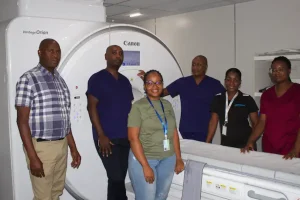OUR HOSPITALS
Find a Community of Care at your nearest Lenmed Private Hospital
Visit our hospital pages to find out more
SPECIALISED DEPARTMENTS
Experience a range of specialist and allied services at our hospitals
Find out more about our services at our hospitals
PATIENT INFORMATION
Find quick patient information to support your healthy recovery
See our brochures and guides
Private Hospitals in South Africa, Botswana and Mozambique
Specialist medical disciplines
Highly qualified doctors and specialists
New life is a wonderful thing! Having a baby can be both daunting and exciting.

Have you had an experience at a Lenmed Private Hospital? Whether positive or negative, your feedback will help us to deliver better patient care.
July 2023
Lenmed Ethekwini Hospital And Heart Centre shines as it receives the highest recognition from World Stroke Organisation
Lenmed Ethekwini Hospital and Heart Centre was recently awarded an Angels Award Diamond Status by the World Stroke Organisation (WSO).









